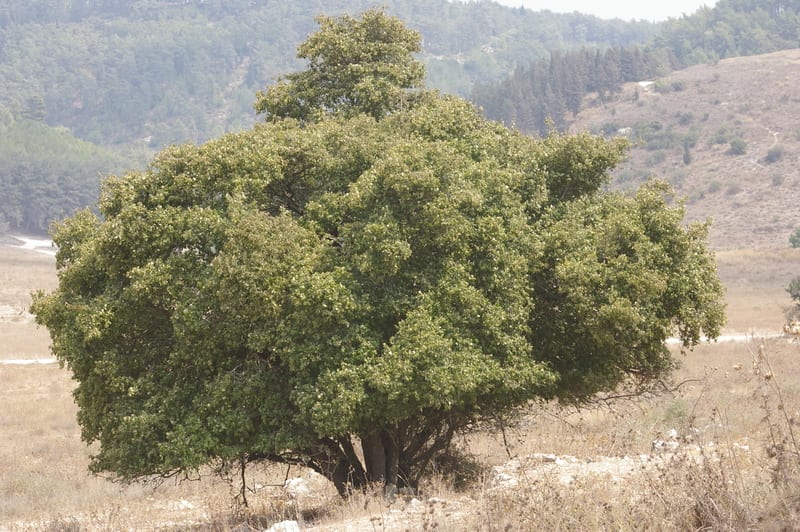
🌿 Morphology
🌞 Growing conditions
🌍 Origin and family
🌾 Uses
Warning: Despite the care taken in writing this sheet, it is essential to cross-reference sources before using or consuming any plant. When in doubt, consult a qualified professional
Permaculture uses
The resin (storax) is used medicinally as an antiseptic, expectorant, and disinfectant. It can also be burned as incense. The plant attracts pollinators. It is not generally considered edible. May be used in hedgerows for windbreaks and erosion control.
Permapeople description
A deciduous tree native to the Mediterranean region, valued for its fragrant resin, used in perfumes and incense.
Botanical description
Styrax officinalis is a deciduous shrub or small tree growing to 15 ft tall. The leaves are alternate, ovate, 2-4 inches long, with a downy underside. The flowers are white, fragrant, and bell-shaped, borne in clusters in late spring. The fruit is a greyish-green drupe, about 0.5 inch long, containing one seed. The bark is smooth and gray-brown. It exudes a fragrant resin, known as storax, when wounded.
Companion planting
No specific companion planting information readily available. Generally, Styrax officinalis benefits from being planted with other Mediterranean plants that prefer well-drained soil and full sun to partial shade. Avoid planting near plants that require consistently moist soil.
Propagation methods
Propagation is typically done by seed, cuttings, or layering. Seed germination can be slow and erratic. Cuttings are best taken from semi-hardwood in late summer. Layering can be done in spring or fall.
History and traditions
Storax has been used since ancient times in perfumes, incense, and medicine. It was highly valued in ancient Egypt, Greece, and Rome. The resin was traditionally used to treat coughs, skin ailments, and wounds. It was also used in embalming processes. Its fragrance made it popular in religious ceremonies and as a fumigant.
Usage calendar
Flowering: Late Spring. Resin harvest: Summer/Autumn. Seed collection: Autumn. Planting: Spring or Autumn. Pruning: Late Winter/Early Spring (to remove dead or crossing branches).
